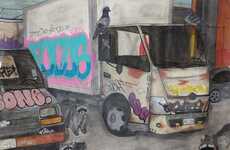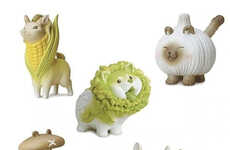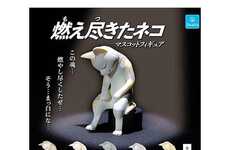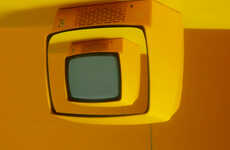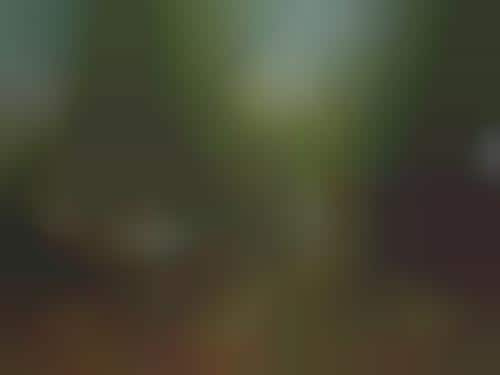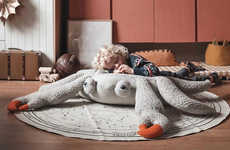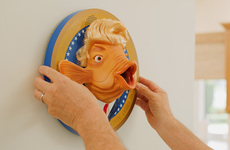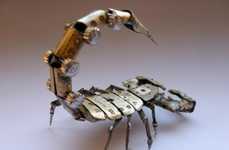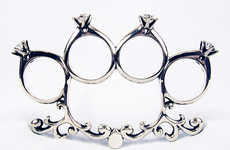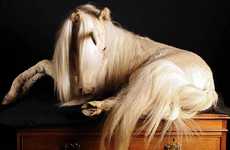
Crappy Taxidermy Brings You All the Stuffed Animals You Can Handle
Andrew Kao — May 1, 2011 — Art & Design
References: crappytaxidermy & curbed
Taxidermy is one of the strangest arts and hobbies around, and now you can view over 100 pages of it on the Internet via the photo blog Crappy Taxidermy, which takes user submissions of the most bizarre taxidermy pieces available on the Internet. The featured taxidermy pieces range from laugh-out-loud funny to downright terrifying.
Funny examples from the Crappy Taxidermy blog include dressed-up and personified taxidermy such a mouse pope and a mouse band. Horrifying examples include afterlife splicing of animals like a manmade unicorn or more gruesomely decorated animals in predatory action.
Crappy Taxidermy doesn't divide these entries into family-friendly and nightmare-inducing, so the curious and the faint of heart might want to think twice before exploring the blog.
Funny examples from the Crappy Taxidermy blog include dressed-up and personified taxidermy such a mouse pope and a mouse band. Horrifying examples include afterlife splicing of animals like a manmade unicorn or more gruesomely decorated animals in predatory action.
Crappy Taxidermy doesn't divide these entries into family-friendly and nightmare-inducing, so the curious and the faint of heart might want to think twice before exploring the blog.
Trend Themes
1. Strange Taxidermy Art - The trend of showcasing bizarre and unconventional taxidermy pieces presents opportunities for artists to push boundaries and create unique displays.
2. Humorous Taxidermy Submissions - The trend of sharing funny and dressed-up taxidermy pieces offers an opportunity for online platforms or social media accounts to curate and showcase these entertaining submissions.
3. Controversial Animal Splicing - The trend of creating spliced taxidermy animals, such as manmade unicorns, sparks debate and drives innovation in genetic engineering or bioart industries.
Industry Implications
1. Art - The art industry can capitalize on the trend of strange taxidermy by promoting exhibitions or creating spaces for artists to display their unconventional creations.
2. Online Platforms - Online platforms or social media accounts dedicated to showcasing humorous taxidermy submissions can attract a niche audience and monetize through advertising or merchandise.
3. Genetic Engineering - The genetic engineering industry can explore opportunities to innovate and commercialize controversial animal splicing techniques used in taxidermy to cater to a niche market of unique animal products.
2.9
Score
Popularity
Activity
Freshness

